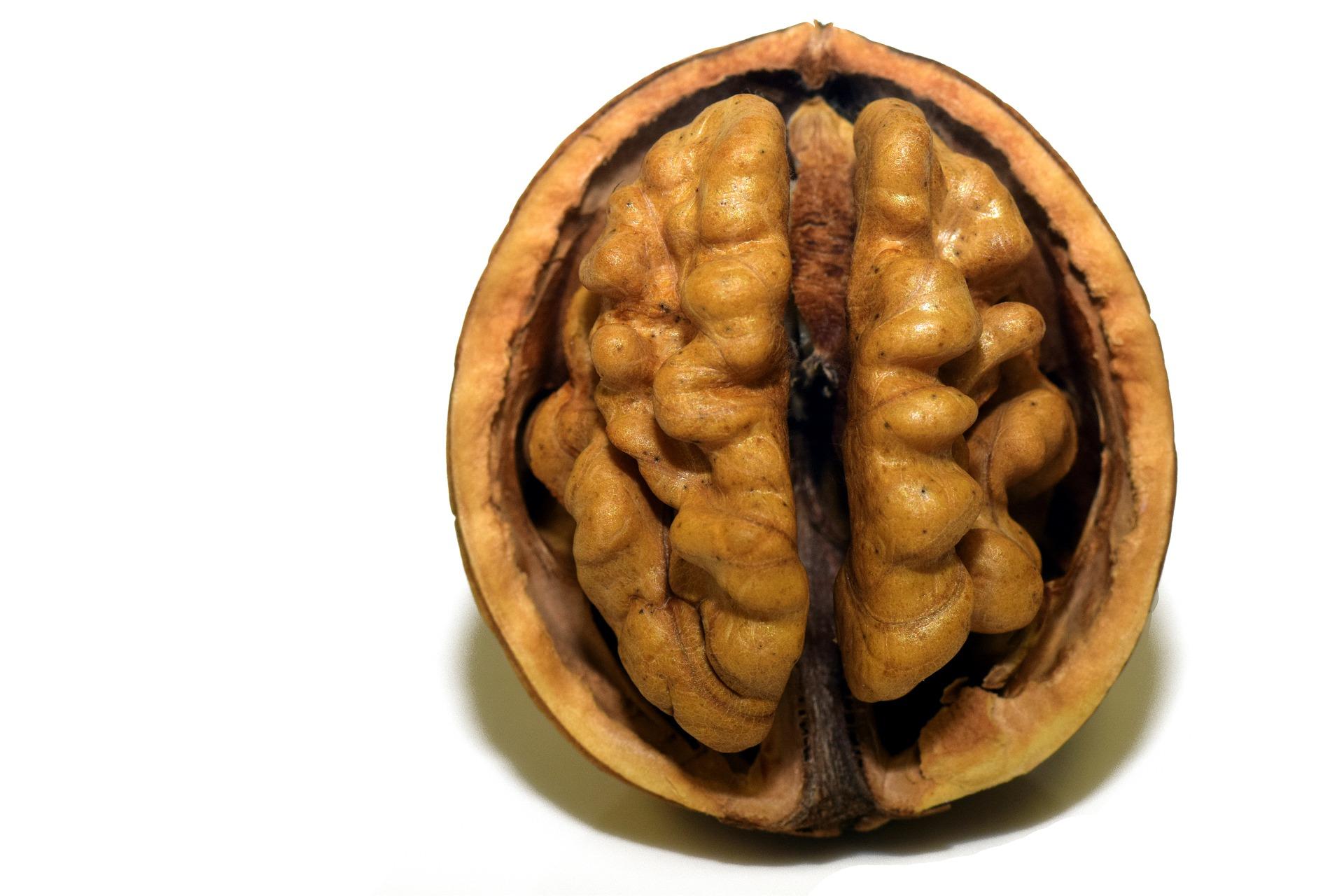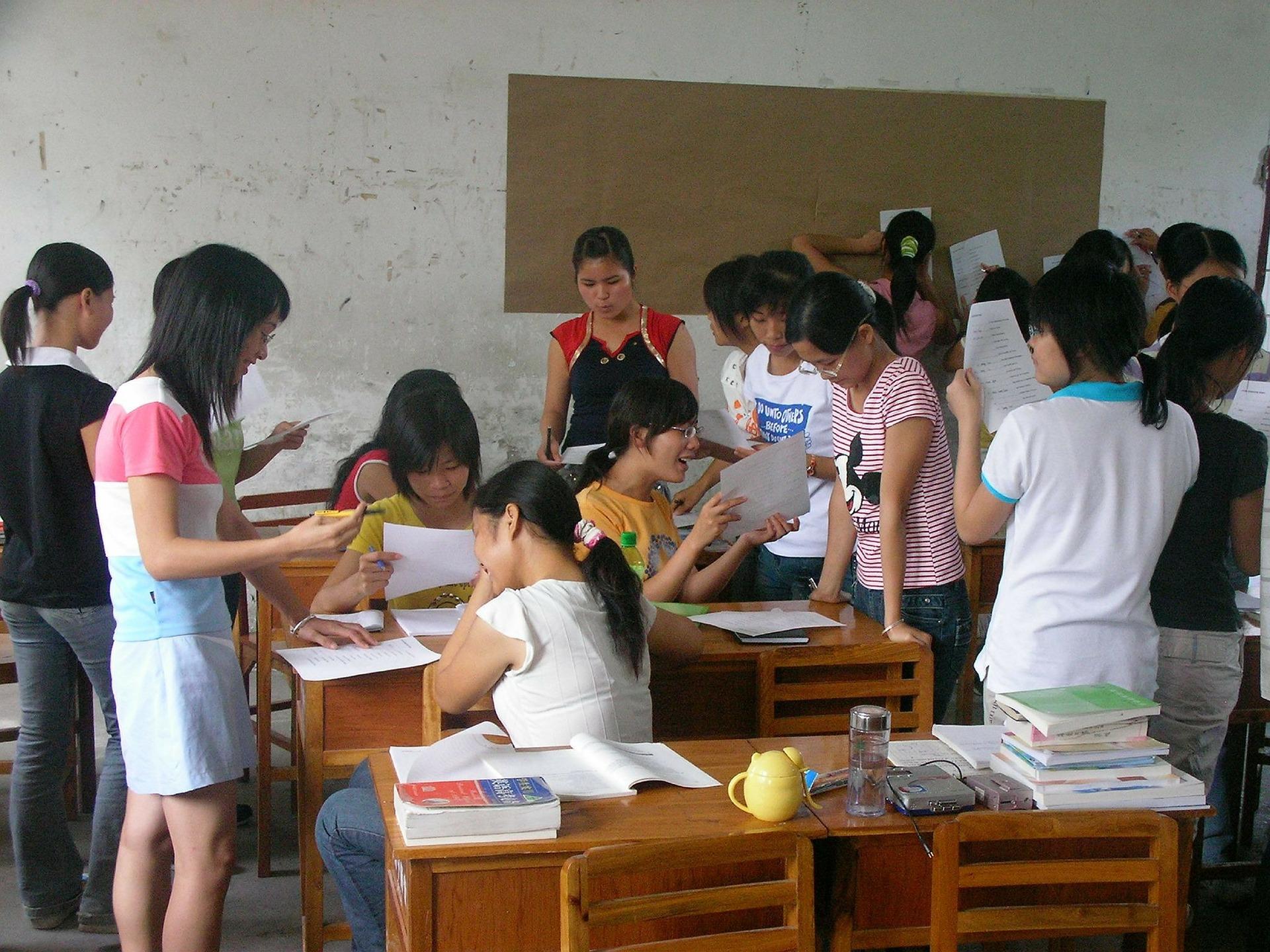Buzzwords in education come up frequently. From common core, instructional scaffolding, cooperative learning and differentiating content, there is always something new to ponder.
All of these initiatives and many more have one thing in common, the need to address an increasingly diverse population with carefully considered, quality education.
In the context of education, diversity has less to do with culture and ethnicity and more to do with the learning needs of the individual.
In many ways this has been spurred on by the number of SEN (special educational needs) students who have benefited from varied types of differentiated instruction.
It is quite amazing that teachers strive to somehow integrate every new educational initiative into their pedagogy. This is especially so because for centuries, teachers have been caught between the directives and guidelines set before them by governmental bodies and the individual needs of their students.
As classrooms become more crowded and the numbers of learners with special needs increase, it is little wonder that teachers are challenged by differentiated teaching strategies.
How does a teacher balance the needs of every student against curriculums set by the Department of Education?
In short, it is often the role of the private tutors who are expert deliverers of differentiated instruction strategies who are able to keep students on course. They are the link between the reality of full classes, teachers who are stretched and the notion that multiple intelligences benefit from activities for differentiated instruction.
Whether you are a student, parent, teacher or tutor, in this article you will find out more about how differentiating content can be integrated in the classroom or through private tutoring.
Find online tutoring jobs here.
Want to give private lessons?
Join the Superprof community and share your knowledge with inquiring and motivated students.
Differentiated Instruction Strategies in a Nutshell

Considering that educational concepts go back thousands of years, the idea that research has ramped up to find new and effective ways for students to process information differently is a relatively new idea.
It therefore makes sense that when the individual learning styles of students are considered through different types of differentiated instruction, they tend to thrive in classroom environments.
It is only in the past 100 years or so that people have begun to question the idea of learning preferences, let alone tested the hypothesis by using differentiating content.
It was only at the turn of the 20th century that Dr Maria Montessori, an early 20th century educator began to use teaching materials that would later be included in activities for differentiated instruction.
- Visual learners were provided with visually stimulating study material.
- Auditory learners were instructed through the use of auditory resources.
- Kinaesthetic learners were provided with materials for building and creating of concepts.
At that time, those were the only
At that time, those were the only types of learning styles considered, but today, there are many more distinctions. Furthermore, deeper research into the theory of differentiating content is that a student usually has more than one learning style even though the kinaesthetic, visual or auditory may be dominant.
Dr Montessori’s studies in 1907 proved that by integrating student-specific differentiated teaching strategies, overall knowledge acquisition soared. However, as a result of economic depression and world wars, no further research into the topic happened for at least another 80 years because the idea of anyone devoting time, energy and money into something like differentiated teaching strategies seemed frivolous.
That’s not to say that absolutely nothing happened at all. In 1956, Benjamin Bloom who was an American educational psychologist chaired a committee who formulated what is known today as Blooms Taxonomy which is a hierarchical model that classifies learning objectives as they are used today.
Having said this, it was not until the 1980s when the world and its economy were fairly stable that further impetus was placed on educational initiatives.
In the meantime, it is interesting to note that tutors who have naturally used unique types of differentiated instruction, remained constant in the realm of education.
Tutors who work one-on-one with students and are able to probe for both strengths and weaknesses are the experts in differentiated instruction strategies.
Find out about the activities for differentiated instruction used by tutors, here.

How Tutors use Differentiating Content
Whether online or face-to-face, activities for differentiated instruction are very well suited to one on one tutoring. Through tutoring, where the teacher finds the right material, learning methods and material for the student, the student also becomes the teacher’s primary focus.
The best tutors will begin a mentoring relationship with a new student through formative assessment which is a two-step procedure.
The first step is when the tutor has an honest discussion with the student’s caregivers regarding any learning difficulties, or goals. This could include helping to ascertain whether there are difficulties like ADHD or dyslexia present.
Next, the tutor will have a long informal discussion with the student about their likes, dislikes, favourite subjects and even interests and hobbies.
Tutors are usually very adept at sensing the emotional temperature of their students too. Whether that is aggression or pathos, they have the tools to find ways around personal defences.
For instance, a student could carry an inherent sense of shame because of the way that they perceive themselves compared to their peers.
During the first interview, a well-qualified tutor will notice any self-defeating body language or other signs like failure to make eye contact, a bowed head, fidgeting or hand wringing for example. All of these non-verbal communicators could be signs of nervousness.
Once a student’s emotional state has been ascertained, the tutor will begin to apply differentiated teaching strategies that have the unique needs of the student in mind.
Lessons plans and activities for differentiated instruction are then designed with the student’s particular challenges and learning preferences in mind.
So while a tutor goes through the same process to unearth information about the student, the types of differentiated instruction applied will be unique for each student, or group of students.
Find out more about the challenges associated with differentiated teaching strategies and why it is a concept that can make such a big difference in the classroom.

Types of Differentiated Instruction Strategies
Obviously, you would not use the same activities for differentiated instruction for a primary school child as you would for a university student, however there is so much more to the definition of differentiated instruction.
America’s foremost authority on the subject but there is more you would not teach a primary school student the same way that you would work with a university student... but that is not the definition of differentiated instruction, anyway.
Carol Ann Tomlinson, America’s foremost authority on differentiated instruction, Carol Anne Tomlinson defines the concept as:
“Adapting content, process or a product according to a student’s specific readiness, interest and learning profile.”
At first glance, this may sound like a tall order. For example, how does one teach arithmetic to a learner who has zero interest in maths?
One answer would be to find alternatives to simply memorising multiplication tables or properties of division that include activities that reinforce concepts and engage the learner. For example, the teacher could organise coloured blocks in multiples or slice a cake into equal parts.
Either of these would be excellent instruction methods for both visual and kinaesthetic learners. Audio learners could benefit from working with measured sound bites or music.
Of course older students who are more used to traditional teaching systems could potentially raise an eyebrow at some of these less traditional methods.
So it would not be surprising, but taking students from the norm and inviting them to review material that is appealing is exactly how to provide differentiating content.
For both tutors and classroom teachers, the key is to create an empowered learning environment.
One could say that that is easy enough to do one-on-one, but that addressing multiple intelligences in a school setting would be too challenging. The answer here is for tutors to group their students according to abilities and preferred ways of learning. A tutor could push this concept further by creating groups according to learning goals.
For instance, the way a kinaesthetic group and auditory group report back on a passage that is read to them could take on different forms. The first group might build a model while the second might sing a song to report back on the content.
In short, teaching and learning through differentiated instruction is varied, and not every method suits every group or every individual. That’s the beauty of it.
Whether you are a teacher or tutor, don’t miss these other tips and strategies for differentiated instruction here.
Want to give private lessons?
Join the Superprof community and share your knowledge with inquiring and motivated students.





